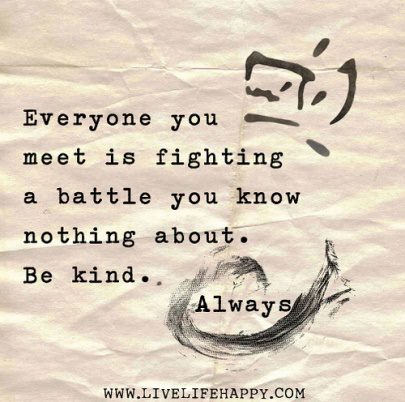
It is perfectly normal, while meditating, for stray thoughts to arise in one’s mind. This is NOT a sign that we’re failing at meditation – I’ve been meditating for 30 years and thoughts pop up almost every time. Whatever you do, don’t give up meditating because your brain continues to function while you’re meditating. Here are some ideas for dealing with thoughts that you might consider.
- Don’t fight the thoughts when they arise, or try to stamp them down. Fighting them means you’re focusing on them rather than on what you want your meditation to be about.
- Instead, treat those thoughts with compassion. Recognize that they are normal, not signs of bad meditating (as if there were such a thing). And don’t beat yourself up for having them.
- Come up with a mental exercise for gently setting the thoughts aside for later. Personally, I imagine the subject of the thought as having been written down on a sheet of paper; I place the paper on top of a neat pile of other thoughts and carefully place a paperweight on top of them. As each new thought arises, I repeat the visualization of neatly placing the paper on top of the pile and replacing the paperweight.
- When you’re done meditating, mentally return to those thoughts (that’s why I use the paperweight, so they don’t blow away before I can consider them). I sift through those pages I set aside and ask myself whether they are things that I need to think about more or act upon. If I don’t remember all of them (I never do), it probably means the thought was not important or urgent; it it is either, it’ll come back later, no doubt.
- If a particular thought is insistent, perhaps you need to pause your meditation momentarily to consider it more closely. Why is this thought coming up now, and why won’t it stop? Again, treat the thought compassionately, not as an enemy. Your mind may be telling you there’s something important you need to know or deal with. After giving the thought some attention, you may then be able to put it aside until your meditation time is over.



